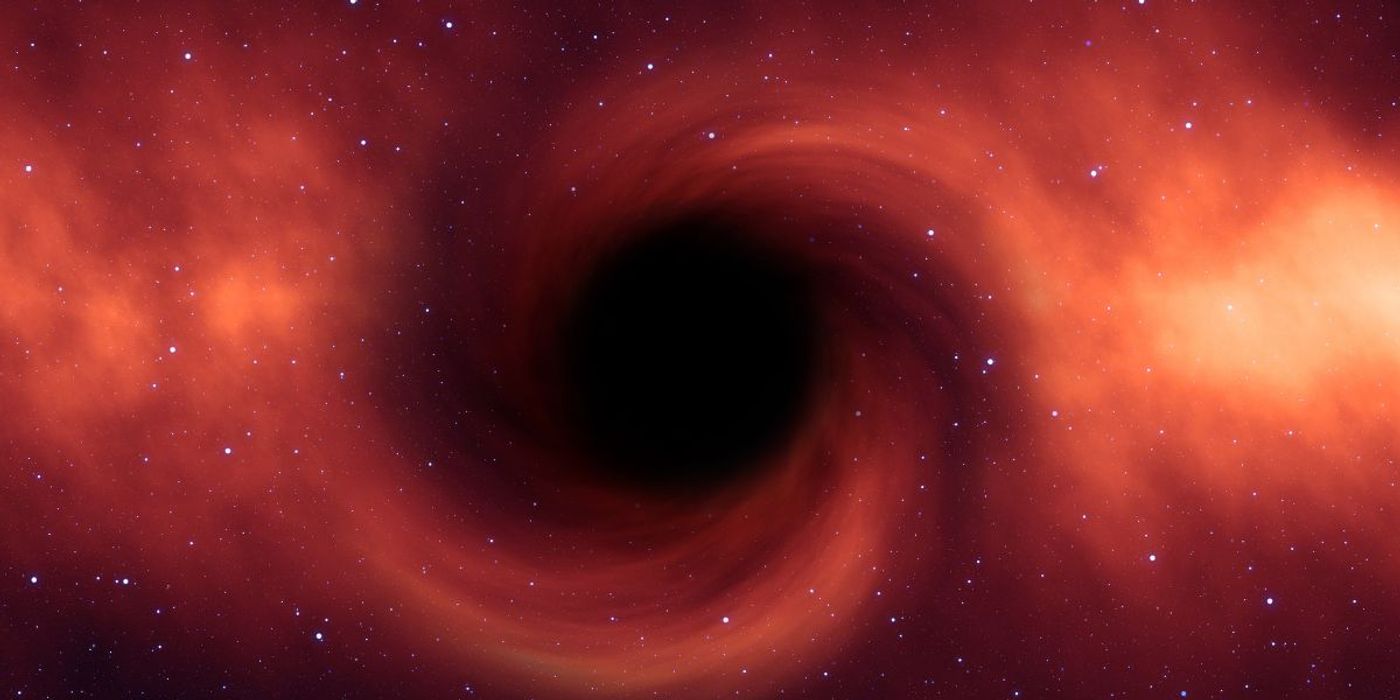The Size of Black Holes Depends on their Feeding Patterns
The feeding patterns of black holes are directly correlated to their size. The corresponding study was published in Science by researchers in the US and UK.
Supermassive black holes are millions to billions of times more massive than our sun and are typically located at the center of galaxies. During their feeding phases ie. when they are feeding on surrounding gas and stars, they emit enormous amounts of radiation that can be observed as flickering light lasting hours to decades.
Several studies have explored the relationship between the mass of supermassive black holes and observed light emanating from them. However, until now, results have been inconclusive.
For the present study, the researchers examined a large data set of actively feeding supermassive black holes to investigate the variability of their flickering. In doing so, they identified a characteristic timescale, over which flickering changes, and that this correlates to the mass of supermassive black holes.
The researchers found that their newly uncovered time scale-mass relationship also holds when applied to the creation of white dwarfs, even though they are millions to billions of times less massive than supermassive black holes.
"These results suggest that the processes driving the flickering during accretion are universal, whether the central object is a supermassive black hole or a much more lightweight white dwarf," said Yu Shen, lead author of the study.
"The firm establishment of a connection between the observed light flicker and fundamental properties of the accretor will certainly help us better understand accretion processes," added Yan-Fei Jiang, a co-author of the study.
The researchers say that their results could be used to predict flickering signals from intermediate-mass black holes, thought to be the precursors of supermassive black holes. This, they say, would help them discover and fully understand the mysteries behind black holes.
Sources: Science, Science Daily









